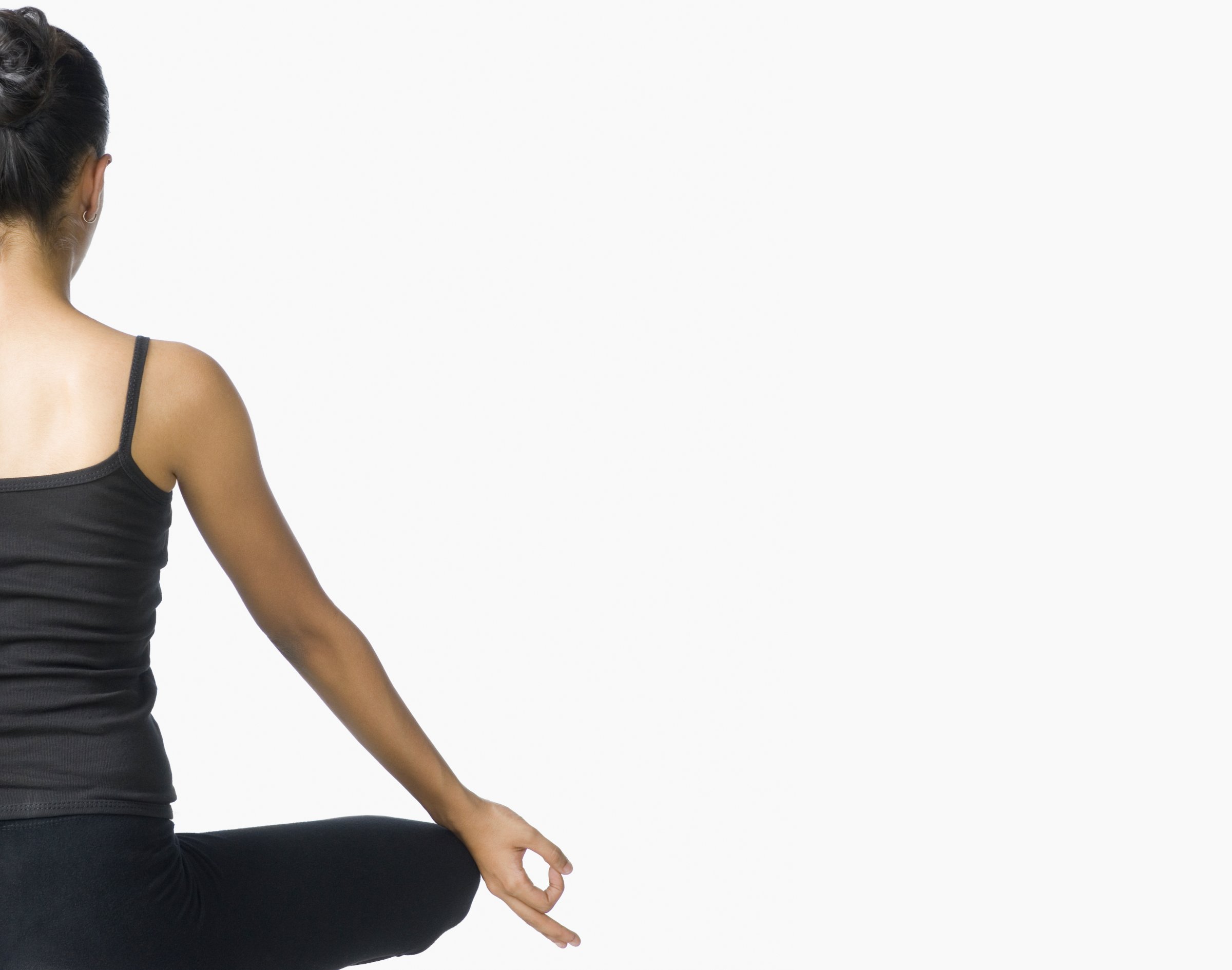
To be fair, I’m not sure how I would have responded had my surgeon suggested I meditate before or after surgery to ease my anxiety or post-operative pain. My guess is, like many women, I would have been skeptical: what exactly did sitting in half-lotus pose or breathing deeply have to do with the tumor in my right breast? And why was a doctor—whose job and training and every measure of success is rooted in science and clinical outcomes—prescribing a spiritual or religious method of therapy?
But a new review study, published last week in the Journal of the American Medical Association (JAMA) Internal Medicine, suggests that the ancient Eastern practice of mindful meditation can offer real help for patients with depression, anxiety, and pain. And researchers are increasingly demonstrating the measurable influence of meditation on the brain, proving that mindfulness programs can make us feel happier, have greater emotional resilience and take fewer sick days.
(MORE: The 20 Minute Morning Routine Guaranteed to Make Your Day Excellent)
The problem? Many of us conflate meditation with yoga or other types of complementary medicine, overestimate the time it takes to meditate effectively, and discount the neurological evidence that mindful focus improves brain functioning.
Dr. Madhav Goyal is a professor of medicine at Johns Hopkins, whose research focuses on the effects of meditation on chronic pain and stress, as well as low-cost means to improve health in rural India. As the lead author of the recent JAMA study, he reviewed 47 clinical trials involving more than 3500 participants with mild anxiety or depression, and found that those who practiced mindful mediation saw a 5-10% improvement in anxiety symptoms and a 10-20% reduction in depressive symptoms compared to placebo groups—on par with the effects other studies have shown for anti-depressants in similar populations.
Critics of the study basically argue that the 5-10% and 10-20% outcomes are insignificant, though they are willing to concede that doctors should consider “limited term mindfulness programs” in lieu of “pharmacological intervention” in some cases of anxiety and depression.
But what’s most striking about the JAMA findings is that people weren’t meditating for very long. Many in the underlying studies meditated for as little as 2.5 hours per week for two months. As Dr. Goyal points out, because meditation is a skill that’s learned over time, it’s unlikely the respondents reached a high level of expertise. So according to him, it’s plausible to think that people would experience even greater benefits with more rigorous training and practice.
Unfortunately though, it’s precisely those realities of meditation— that it is a state you can teach yourself to achieve and improve with discipline— that might undermine its validity with physicians and patients. For example, professor Mark K. Blum, a Buddhist Studies expert at the University of California, Berkeley, believes some medical professionals may doubt the value of meditation because our culture has shifted so heavily in favor of quantitative measurement. As Ben McAllister writes for The Atlantic, we’ve become a society addicted to data; problem is, some things are easier to measure than others.
“Medical doctors are practicing a form of science, and therefore expect to see scientific measurement,” Blum explains. “But how do you measure meditation?”
Berkeley is hosting a conference this spring to examine the question, Buddhism, Mind, and Cognitive Science, and to see if the complex relationship between meditative culture and Buddhism can be compatible with the “neurophysicalism” underlying scientific research.
In Dr. Goyal’s view, critics of complementary or alternative medical research have a misunderstanding of what science is. It has nothing to do with molecules or drugs, he says Rather, medical science is a “systematic exploration of what is not known,” whatever that may be— and areas like meditation desperately need more exploration, and the funding to do it.
(MORE: Aaron Alexis and the Dark Side of Meditation)
Shanida Nataraja, a London neurophysiologist and author of The Blissful Brain: Neuroscience and Proof of the Power of Meditation, explained that because there are many different types of meditation, what it actually means to meditate can differ from person to person. That lack of uniformity may be quite problematic for a medical community with established guidelines and review boards. But just because it’s hard to imagine one doctor telling you to use a candle as a meditation anchor, and another advocating a mantra-based approach, it’s not reason alone to dismiss the potential health benefits.
Jacoba Urist is a contributing health and lifestyle reporter for NBCNews, who also writes for The Atlantic. She received her JD from New York University School of Law and her MA from the Johns Hopkins Institute for Health and Social Policy.
MORE: Eat Better and Stress Less: It’ll Make Your Cells (and Maybe You) Live Longer
More Must-Reads From TIME
- Dua Lipa Manifested All of This
- Exclusive: Google Workers Revolt Over $1.2 Billion Contract With Israel
- Stop Looking for Your Forever Home
- The Sympathizer Counters 50 Years of Hollywood Vietnam War Narratives
- The Bliss of Seeing the Eclipse From Cleveland
- Hormonal Birth Control Doesn’t Deserve Its Bad Reputation
- The Best TV Shows to Watch on Peacock
- Want Weekly Recs on What to Watch, Read, and More? Sign Up for Worth Your Time
Contact us at letters@time.com